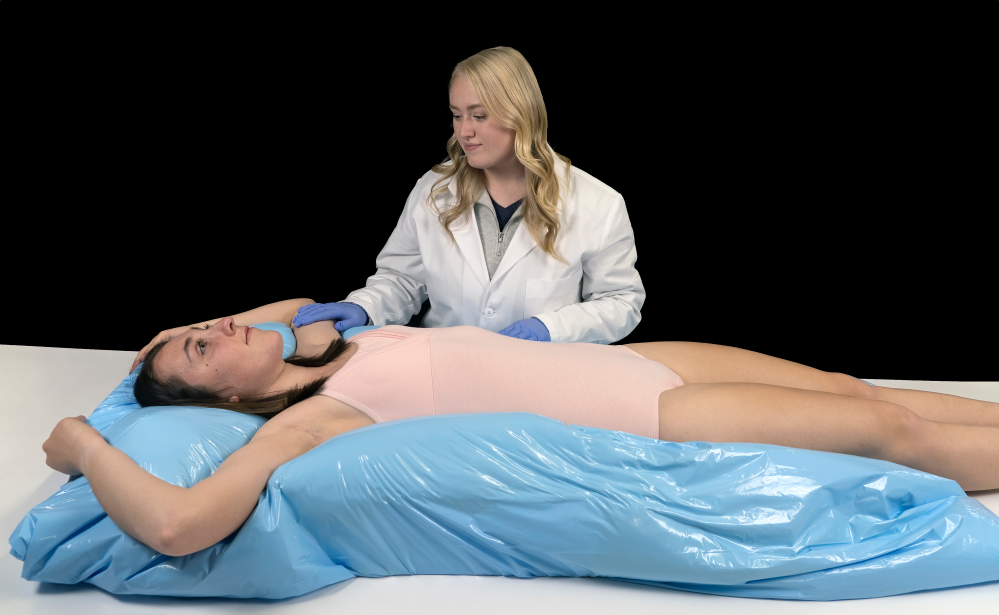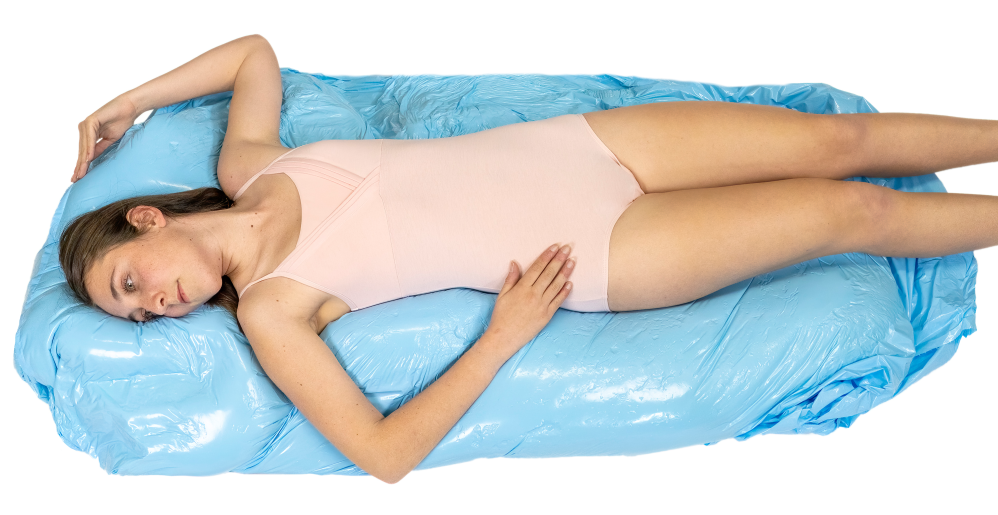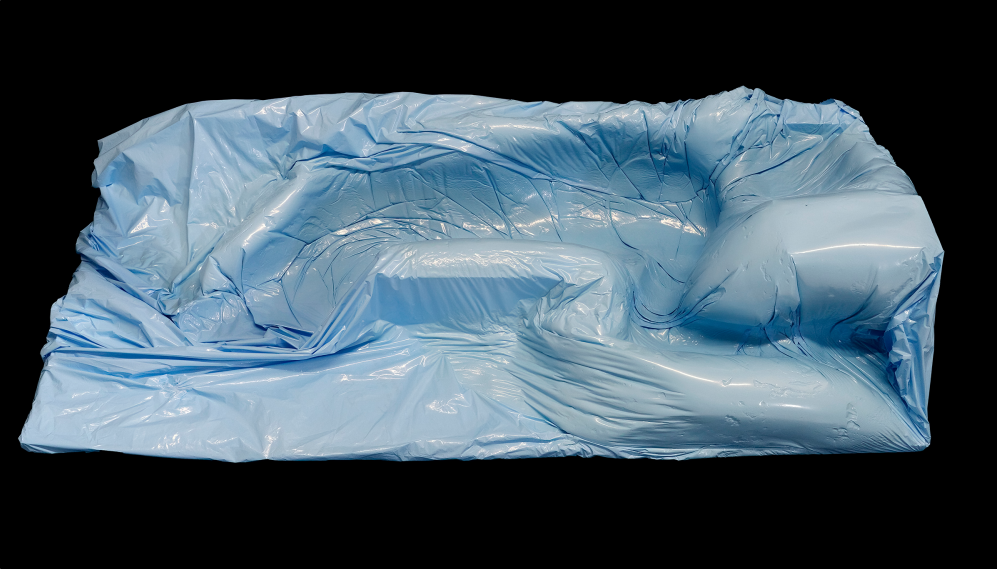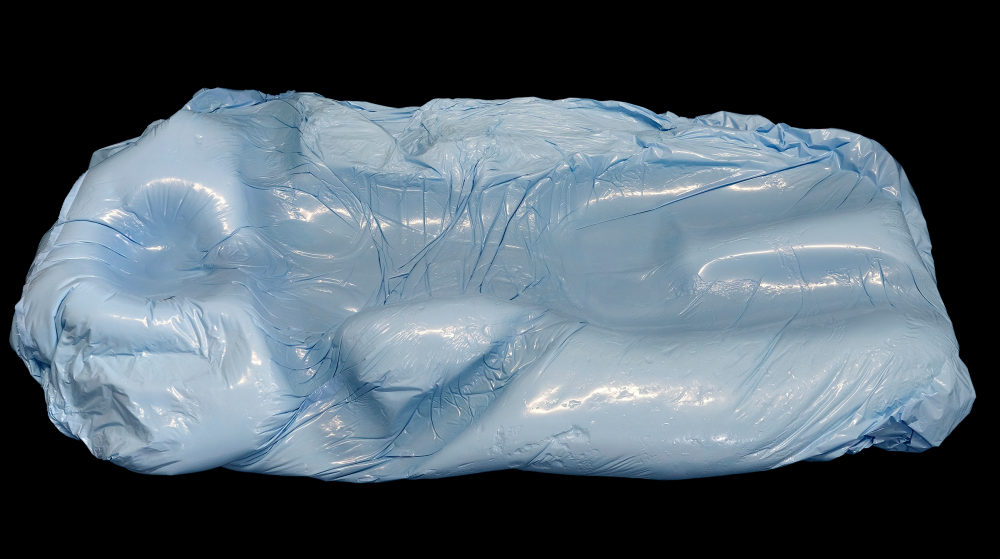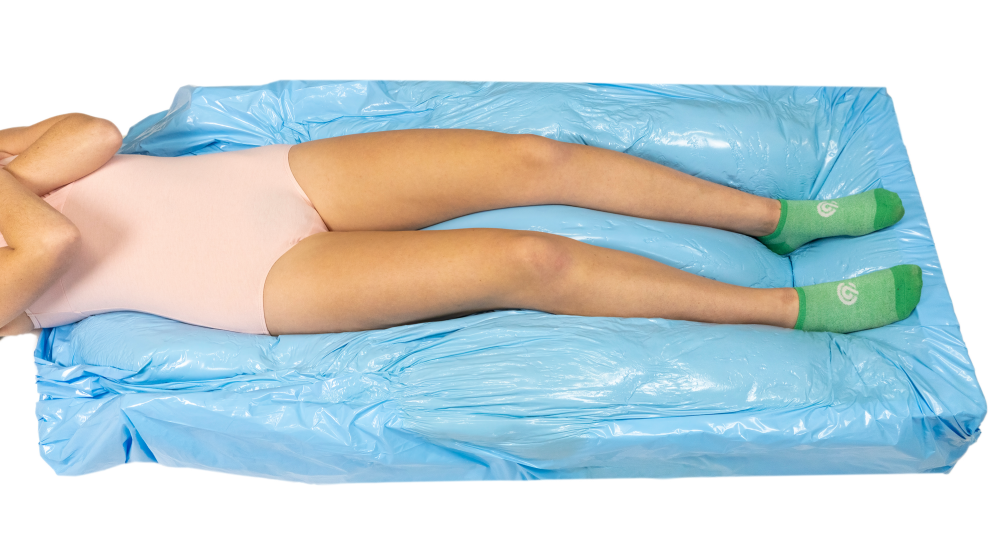Head & Shoulder 2 Modified Extended
HS2ME – 2/case
The HS2ME creates the best form to reposition breast patients with both arms raised up 45°. This form extends to the patient’s mid-thighs, for critical immobilization and repositioning for your proton therapy and radiation therapy patient. The form features a durable foam that will support the patient’s weight as they get into and out of the form.
Breast Form 4 Extended
BF4RE/BF4LE – 2/case
The BF4E allows you to immobilize your breast patient with the arm of the involved side raised up 45°. The form begins above the patient’s head and features a forearm cut-out to support the raised arm with comfortable foam. This extremely durable form immobilizes the entire patient down to the mid-calf region of their legs, for superior patient repositioning. Positioning lasers can be indexed on the forms. This form offers superior durability and safety as the patient gets in and out. The extended breast form is designed for patients who need the best treatment possible.
Pelvic Form Modified
PFM – Supine Form – 3/case
The PFM was designed for superior immobilization from the patient’s rib cage to below the feet. This form is lightweight, yet sturdy enough to support the patient’s weight as they climb into and out of the form, offering maximum strength and durability. The Pelvic Form Modified is the safest and most durable form for prostate patients. The PFM controls torso rotation as well as flexion and movement of the patient’s feet. Comfortable knee inserts raise the knees while allowing separation as necessary. This easy-to-use, easy-to-make form allows for pinpoint accuracy, with smaller margins, while greatly increasing the comfort and security of your prostate patient.
John
